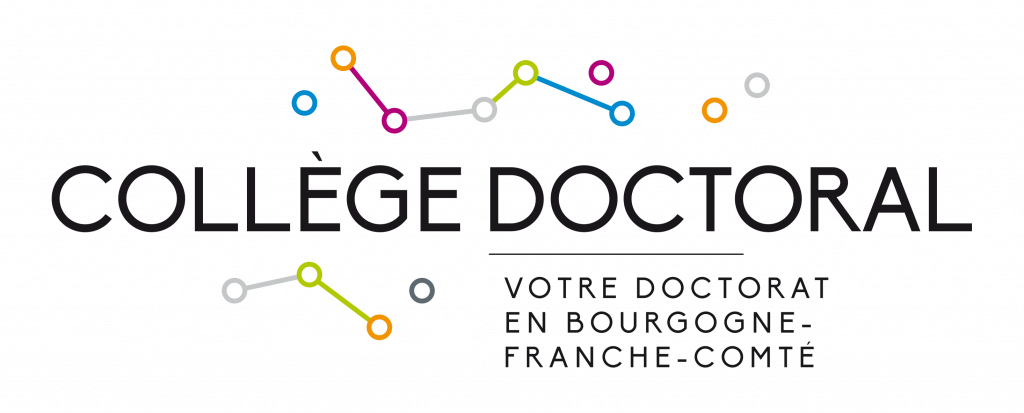Habilitation to Direct Research (HDR) is a national higher-education degree that can be passed after the doctoral degree. It allows its holder to supervise theses, be chosen as a thesis reporter, and also apply to the corps of university professors.
“Habilitation to Direct Research acknowledges the applicant’s high scientific level, the original character of his/her approach in a given scientific field, his/her ability to master a research strategy in a wide enough scientific or technological field, and his/her ability to supervise young researchers” (decree of 23 November 1988).
HDR applicants:
- must be the holders of a doctoral diploma
- or be the holders of a doctor’s diploma entitling them to practise medicine, odontology, pharmacy, or veterinary medicine
- or bring proof of a diploma, works, or experience of an equivalent level to a doctor’s degree (holders of a third-cycle doctorate or of an engineer-doctor’s diploma supplemented by other works or a full-time teaching and research activity for at least 5 years)
Specialties
The applicant chooses the CNU section specialty in which he/she wishes to apply from the list below:
CP DS
Section 25 – Mathematics
Section 26 – Applied mathematics and applications of mathematics
Section 27 – Computer science
Section 28 – Physics – Dense media and materials
Section 29 – Physics – Elemental components
Section 30 – Physics – Diluted media and optics
Section 31 – Theoretical, physical, analytical chemistry
Section 32 – Organic, mineral, industrial chemistry
Section 33 – Chemistry of materials
Section 34 – Astronomy, astrophysics
Section 60 – Mechanics, mechanical engineering, civil engineering
Section 61 – Computer engineering, automation, signal processing
Section 62 – Energy economics, process engineering
Section 63 – Electrical engineering, computer science, photonics and systems
LMEPS (DGEP) DS
Section 01 – Private law and criminal sciences
Section 02 – Public law
Section 03 – History of law and of the institutions
Section 04 – Political science
Section 05 – Economic sciences
Section 06 – Management sciences
Section 19 – Sociology, demography
EH (ES) DS
Section 16 – Psychology, clinical psychology, social psychology
Section 23 – Physical, human, economic, and regional geography
Section 27 – Computer science
Section 28 – Dense media and materials
Section 32 – Organic, mineral, industrial chemistry
Section 33 – Chemistry of materials
Section 34 – Astronomy, astrophysics
Section 35 – Structure and evolution of the Earth and other planets
Section 36 – Solid Earth: geodynamics of the upper mantle, paleobiosphere
Section 37 – Meteorology, physical environmental oceanography
Section 42 – Morphology and morphogenesis
Section 43 – Biophysics and Medical Imaging
Section 44 – Medicine – Biochemistry, cell and molecular biology, physiology and nutrition
Section 45 – Medicine – Microbiology, communicable diseases and hygiene
Section 46 – Medicine – Public health, environment and society
Section 47 – Medicine – Oncology, genetics, hematology, immunology
Section 48 – Anesthesiology, intensive care, emergency medicine, pharmacology and therapeutics
Section 49 – Medicine – Nerve and muscle pathology, mental pathology, handicap and rehabilitation
Section 50 – Medicine – Osteoarticular pathology, dermatology and plastic surgery
Section 51 – Medicine – Cardiorespiratory and vascular pathology
Section 52 – Medicine – Diseases of the digestive and urinary tracts
Section 53 – Internal medicine, geriatrics, general surgery and general medicine
Section 54 – Medicine – Child development and pathology, gynecology-obstetrics, endocrinology and reproduction
Section 55 – Head and neck pathology
Section 58 – Oral rehabilitation
Section 64 – Biochemistry and molecular biology
Section 65 – Cell biology
Section 66 – Physiology
Section 67 – Biology of populations and ecology
Section 68 – Biology of organisms
Section 69 – Neurosciences
Section 74 – Sciences and techniques of physical and sport activities
Section 86 – Teaching and research pharmacy staff in drug sciences and other health products
Section 87 – Pharmacy professors and researchers in biological, basic and clinical sciences
LCLA (LECLA) DS
Section 07 – Sciences of language: general linguistics and phonetics
Section 08 – Ancient languages and literatures
Section 09 – French languages and literature
Section10 – Comparative literatures
Section 11 – English and Anglo-Saxon languages and literatures
Section 12 – Germanic and Scandinavian languages and literatures
Section 14 – Roman languages and literatures: Spanish, Italian, Portuguese, other Roman languages
Section 18 – Architecture (theories and practices), applied arts, fine arts, performing arts, epistemology of art classes, aesthetics, musicology, music, art sciences
Section 27 – Computer science
Section 70 – Educational sciences
Section 71 – Sciences of information and communication
Section 74 – Sciences and techniques of physical and sport activities
SSPT (SEPT) DS
Section 20 – Anthropology
Section 21 – Archeology
Section 05 – Economy
Section 72 – Epistemology, history of sciences and techniques
Section 23 – Geography and land planning
Section 22 – History
Section 18 – History of art
Section 03 – History of law
Section 08 – Ancient languages and literatures
Section 17 – Philosophy
Section 16 – Psychology
Section 70 – Educational sciences
Section 74 – Sport sciences
Section 19 – Sociology
ESM (SPIM) DS
Section 27 – Computer science
Section 28 – Dense media and materials
Section 30 – Physics – diluted media and optics
Section 31 – Theoretical, physical, analytical chemistry
Section 33 – Chemistry of materials
Section 60 – Mechanics, mechanical engineering, civil engineering
Section 61 – Computer engineering, automation, signal processing
Section 62 – Energy economics, process engineering
Section 63 – Electrical engineering, computer science, photonics and systems
Section 87 – Pharmacy lecturers-researchers in biological, fundamental, and clinical sciences
